NYFA Alum Elnar Mukhamedyarov's Reflections on Meta Connect 2023, Formula 1, and Meeting Renowned Cinematographers Janusz Kamiński & Hoyte van Hoytema
NYFA Alum Elnar Mukhamedyarov is a Cinematographer based in LA. Since graduating from the One Year Cinematography Program in 2013, Elnar has gained experience working on various projects. Most recently he was a cinematographer on the first ever stereoscopic 3D live broadcast into the metaverse, livestreaming Mark Zuckerberg’s keynote at Meta Connect 2023.
Elnar was also part of capturing the Formula 1 track in Las Vegas by using a virtual production drive plate capture system, for which he was one of the creators. Elnar spoke to the NYFA Alumni Network about his cinematography career, VR technology, and meeting his idols.
NYFA Alumni Network: Can you tell us a bit about yourself, where you're from, and what brought you to New York Film Academy?
E.M: I'm originally from Kazan, Russia. I've been fascinated by photography, cinematography and filmmaking since I was 14 years old. That led me to small workshops first, then to bigger ones. Neil Landau came to Moscow with his screenwriting workshop once. That was a turning point for me in realizing I need to study film in Hollywood.
NYFA ended up being a perfect fit for me as I wanted to get as much hands-on experience as possible in a short period of time. Currently I specialize in the newest technologies in film, including but not limited to virtual reality, virtual production, AI use in film production, 3D stereoscopic imaging, etc.
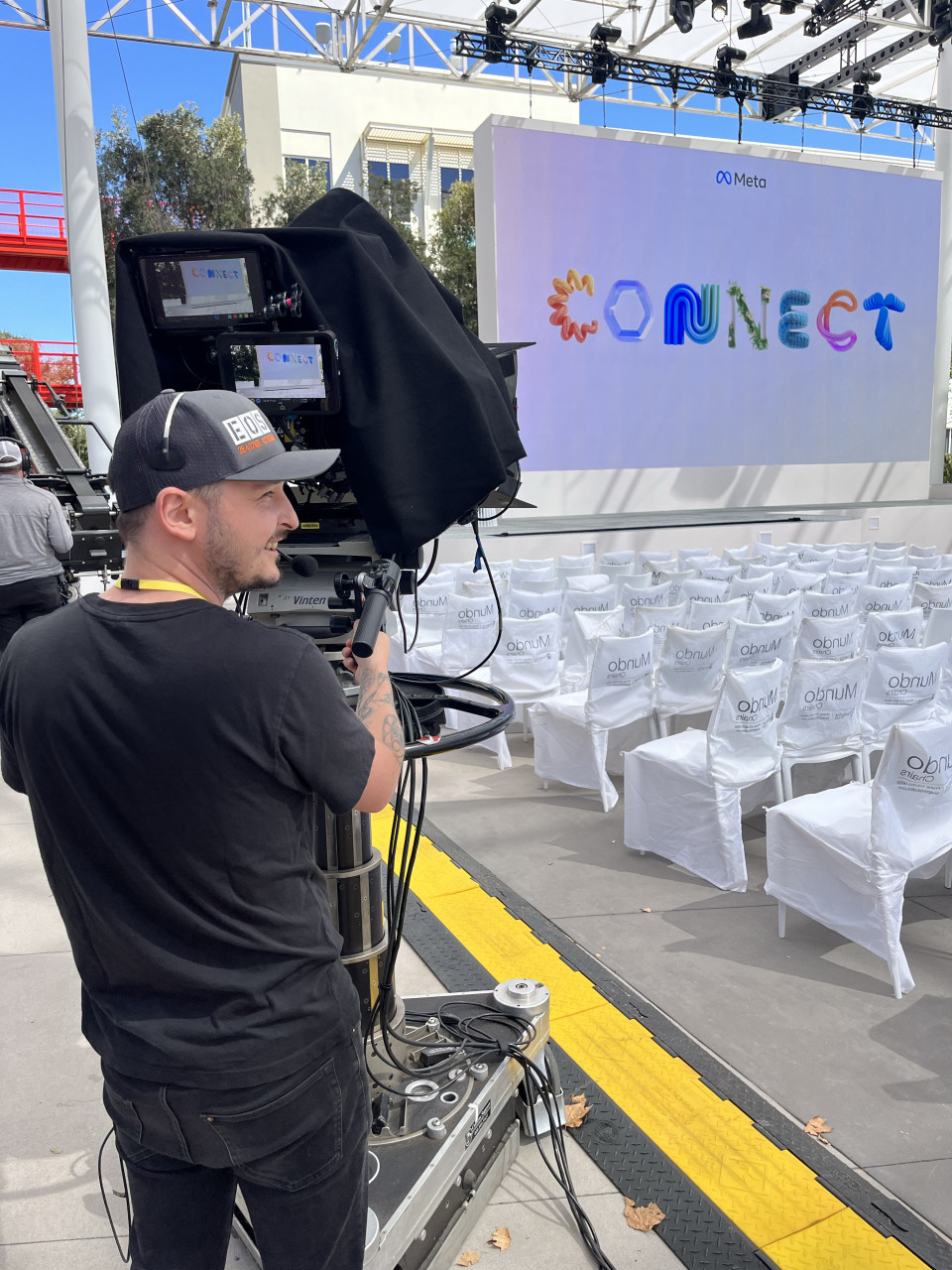
NYFA Alumni Network: How did you become interested in virtual production?
E.M: Virtual production has always been something that I was very interested in. It's a technique that comes from the 30s and it's been used by many directors and cinematographers over the years. But at the end of last decade it started heavily shifting towards the use of LED screens and CG generated backgrounds, which massively improved the quality of the final pixel v.s. the rear projection techniques used before that.
Combining that with highly accurate camera tracking technologies today gives the ability to create worlds like the ones in The Mandalorian. It also gives actors, directors and cinematographers the ability to actually be in those worlds as they are shooting the scene.
Up until now, it had to be shot on green screen, and no one saw how it looks until post-production started. Now you can get the results in camera. And this immersion in the world of the scene is what really reminded me of virtual reality, which is another technology I have always been interested in and have personally used for years.
So when the opportunity arose to develop something that would meaningfully impact the ease of creation of background plates for virtual production without sacrificing the quality, I was all in. That's how our moving camera platform (a car) was created and is now being used more and more.
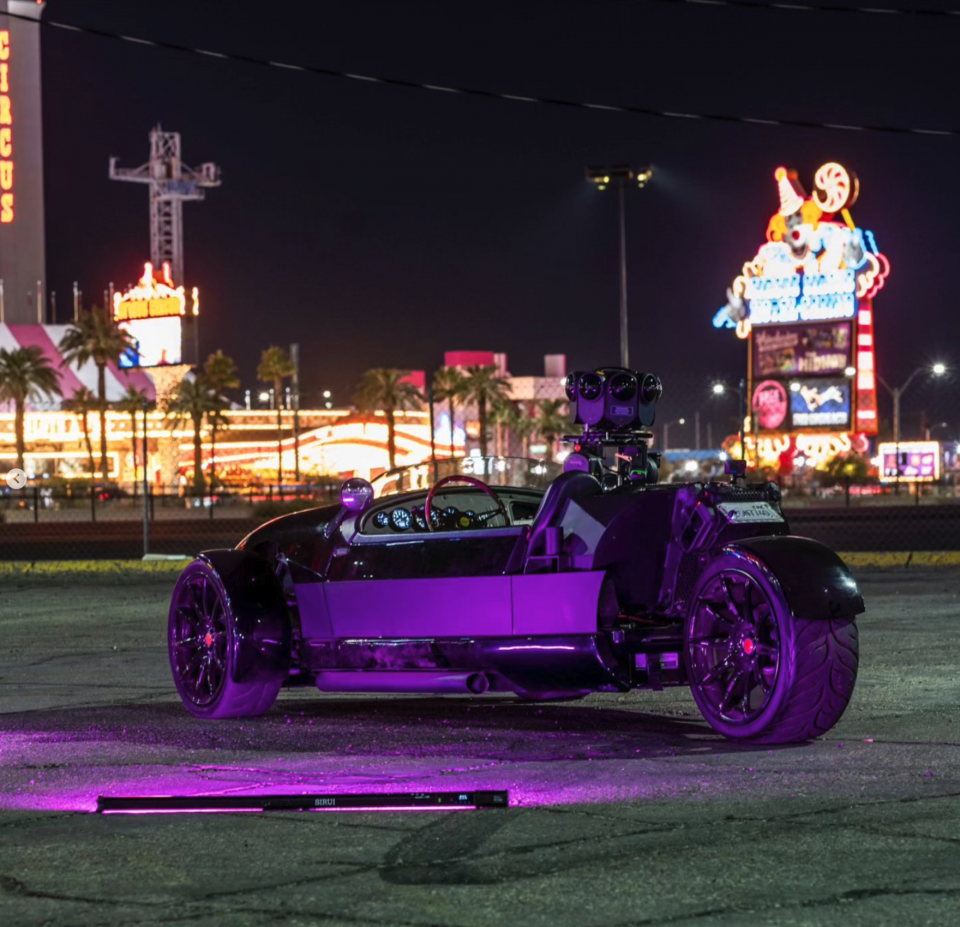
Car used for high resolution 360 capture
NYFA Alumni Network: What projects have you worked on since graduating?
E.M: Since graduating, apart from getting more and more film education (producing, screenwriting, financing, film development... I always learn basics of other departments to make my communication with them more effective) I started with small short films and music videos and 10 years later I am now at the forefront of technology. Latest projects include the first ever stereoscopic 3D live broadcast into the metaverse of Mark Zuckerberg’s keynote at Meta Connect 2023, which I was a cinematographer on.
Also I worked on capturing the Formula 1 track in Las Vegas in 12K 360 which then allowed fans to experience the full track before the races even started. On that project we used a car that some of my friends and I created specifically for high resolution 360 capture, and it is frequently being used on car commercials that shoot on large LED screens so they need all the resolution they can get.
Some of the latest examples are the Nissan commercials starring Brie Larsen and Jay Ellis and shot by world renowned cinematographers Janusz Kamiński and Hoyte van Hoytema, both of whom I personally worked with and guided them through the challenges and almost infinite capabilities that virtual production entails.
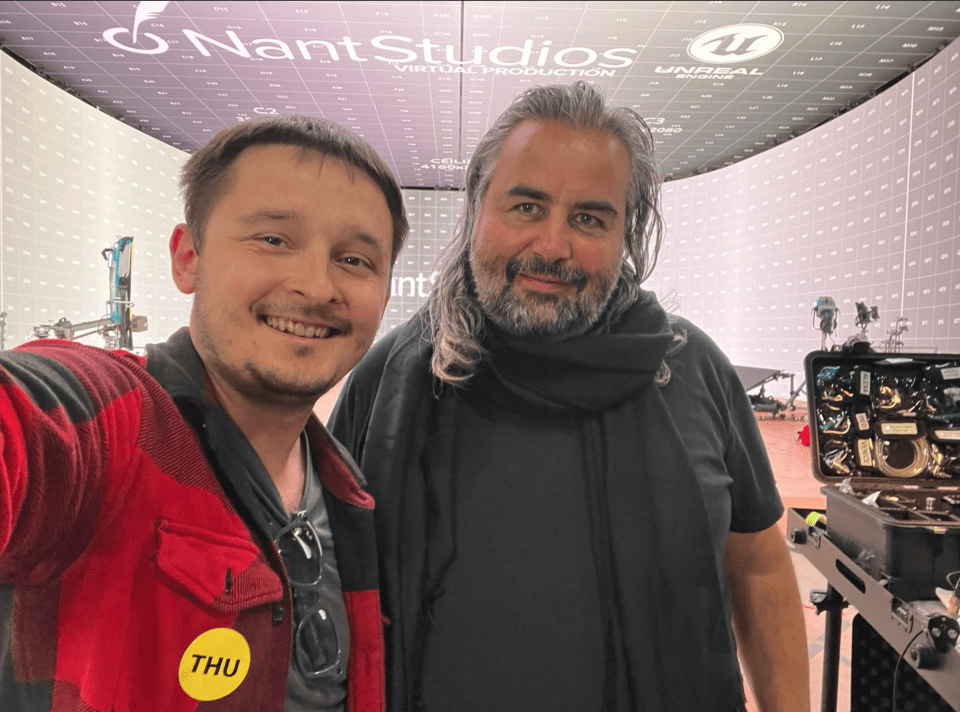
Alum Elnar with Academy Award Winning Cinematographer, Hoyte van Hoytema (Oppenheimer)
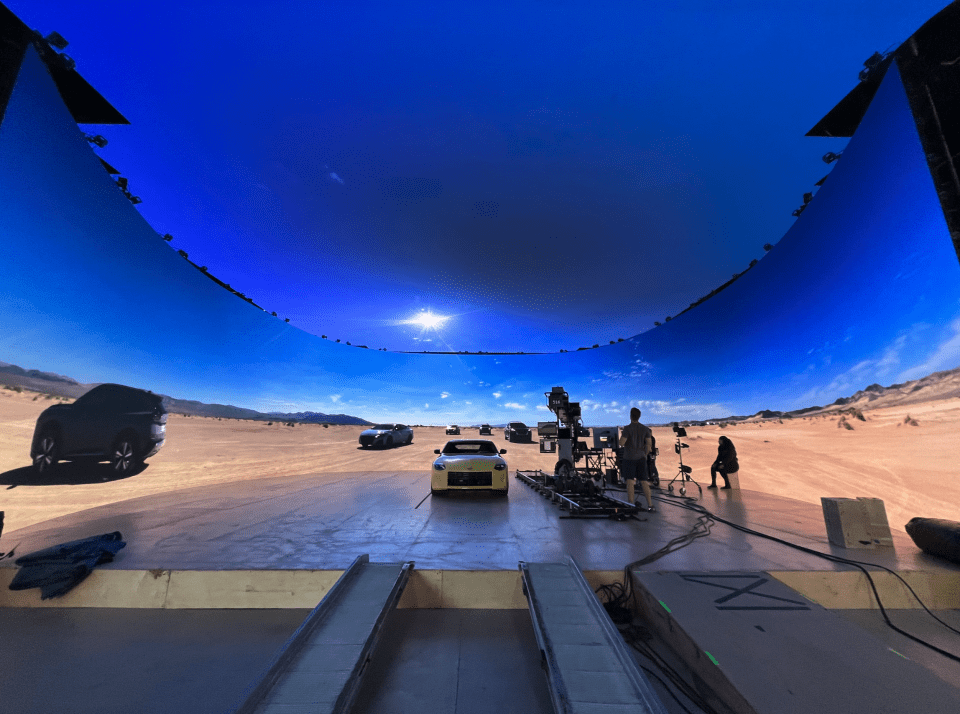
LED screens from behind the scenes of Nissan commercials
NYFA Alumni Network: Tell us more about meeting and working with your idol, cinematographer Janusz Kamiński?
E.M: I have to say, Janusz Kamiński is THE reason I'm in cinematography. He has always been my favorite cinematographer and when I read his name on the call sheet my jaw dropped.
But the most amazing moment came a few months later, when we were testing another technical upgrade of our system in Malibu. We were just finished and were wrapping all the gear and loading the car into the trailer.
All of a sudden a car pulls up behind me and I hear "What are you guys doing here?" I turn around and see Janusz sitting in the car with his family! He was just driving home from the day on the beach with the family, saw our car, recognized us because of the great experience he had working with this system (he even drove the car at some point just for fun), made a U-turn just so he could say "Hi" to us.
That is the moment I will never forget and it's a validation of my career as a cinematographer and all the risky choices I've made over the years (like getting into VR when everyone thought it was just a gimmick). The system is also slated to be used on multiple feature films this year as well as other commercials.
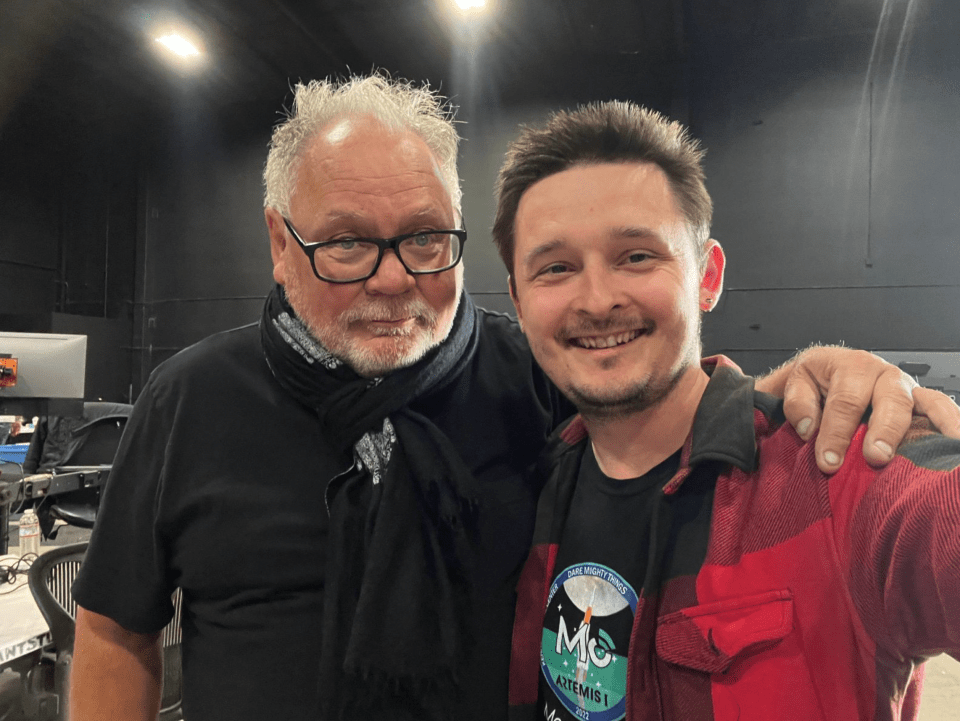
Alum Elnar Mukhamedyarov with Academy Award Winning Cinematographer Janusz Kaminski (Schindler's List)
NYFA Alumni Network: How did you get involved in Meta Connect 2023?
E.M: Meta Connect 2023 broadcast was just bingo for me. It combined my love of cinematography with my love of virtual reality. And the subject matter is the one company that is the absolute leader in the space. So it was really a dream come true. I have watched Connect keynotes pretty much since the first Oculus Connect (which is what it was called before it was renamed to Meta Connect) years ago and never thought I'd get to participate in one let alone in such a historic way.
The project was extremely challenging to pull off because it was entirely live, and if you screw up 3D even a little bit it can cause extreme comfort issues for the viewers, so there was a lot of prep that we had to go through.
The main issue was that all the stereoscopic 3D equipment hasn't been updated in 10 years since the last time 3D was "cool". All of that gear simply couldn't handle the resolutions and frame rates that were required for comfortable viewing in VR. The goal was 4K per eye (so total 8K horizontal resolution) at 60 frames per second. Last time something like that was attempted was at the Olympic games in 2012, which were live-broadcasted in 3D, but they were targeting TVs and theaters and were broadcast at 1080p30, which is a massive difference with what was requested from us.
So, a lot of in-house proprietary technology had to be developed, and a lot of old technology had to be repurposed in order to achieve this stunning broadcast. It ended up all going without a hitch, and it was another incredible validation for me as a cinematographer and a VR technologist. I was monitoring the entire broadcast in a VR headset, along with the Director, Producer and some of the leadership at Meta, and we communicated to the team from there.
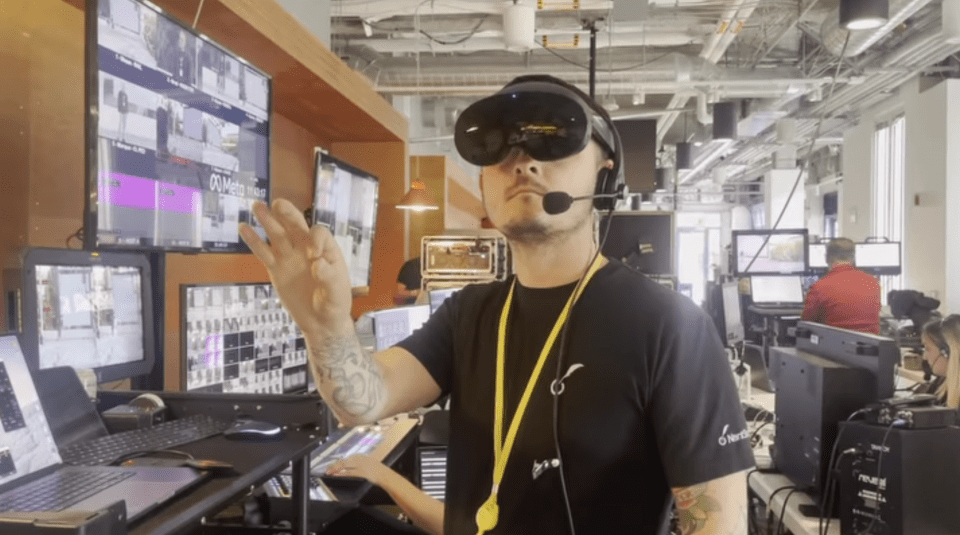
NYFA Alumni Network: What did you learn at NYFA that you applied directly to this project and others?
E.M: The main thing that NYFA taught me is how to apply a hands-on approach to my work as a cinematographer. With every project I've mentioned we had minimal time for prep so there was no time for methodical theoretical R&D. Everything had to be tried and evaluated over a short period of time and decisions had to be made almost on the fly.
This is something that I believe is very unique about NYFA as many other schools spend 90% in theoretical education. By the time I was done with my Cinematography program back in 2013 I had over 20 projects completed and was able to build my first reel. Other schools mostly allow you to shoot one or two projects in that same period of time.
NYFA congratulates Elnar on all his success!

Comments0
Please log in to see or add a comment
Suggested Articles

